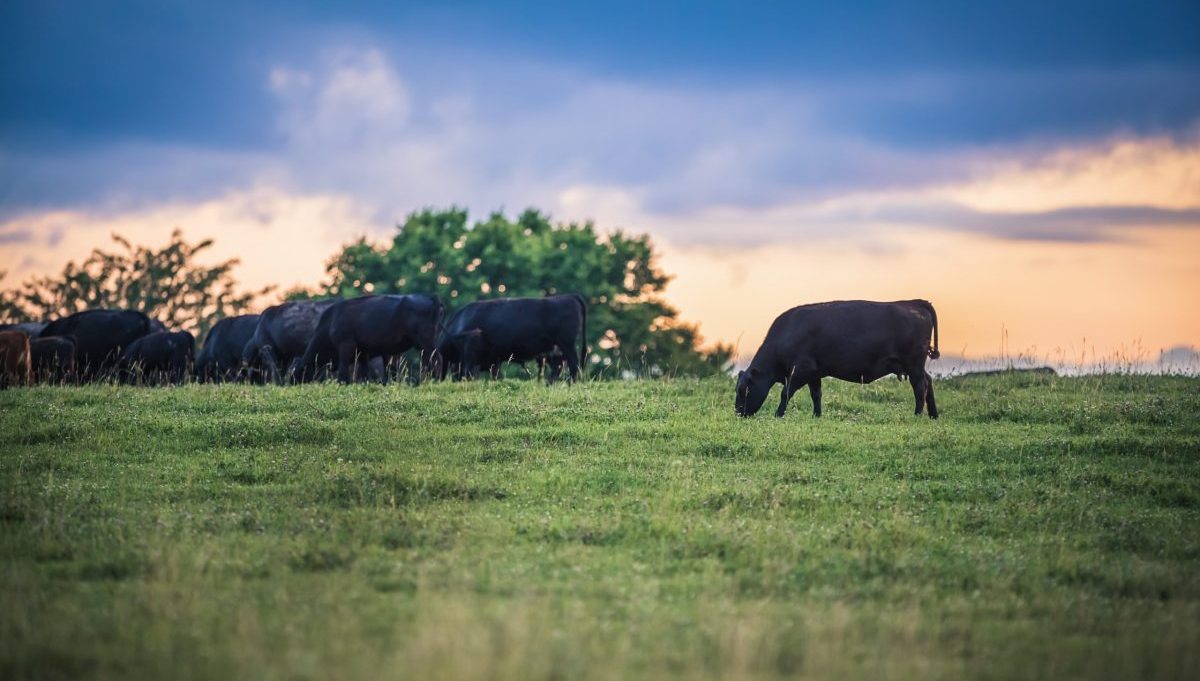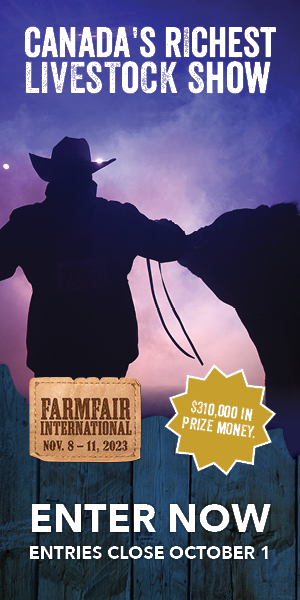AB Direct - Steers
Rail: ---
AB Direct - Heifers
Rail: ---
US Trade- Steers
Rail: 290.00 (IA)
US Trade - Heifers
Rail: 290.00 (IA)
Canadian Dollar
0.02

Canfax Weekly Article | Report for the week of July 17, 2023
Since the start of January, fed prices have rallied 33%, the third-largest first half of the year price rally over the past 50 years. The fed market has just recently exhausted its upward climb, as prices have declined around $8/cwt over the past three weeks. The last time fed prices declined for three consecutive weeks was back in October 2021, which highlights how strong the fed market has been. Over the past ten years, the average decline from first half of the year highs to second half of the year lows stands at 18%. In 1979 and 1983, the average decline was 21%. This would put fed prices on track to bottom on either side of $200/cwt. We’re not suggesting fed prices are going back to the $200/cwt level, just highlighting the market risk.
Auction offerings typically hit annual lows around mid-July but volumes have trended seasonally larger than a year ago over the past six weeks. Auction volumes were enhanced as dry pasture conditions moved grass cattle to market three to four weeks early and a few more cow-calf pairs were split. Mid-weight steer calves from 5-700 lb. rallied over $5/cwt higher on improved quality and lot size. A slight premium was observed for deferred October delivery for all types of feeders. Weekly auction volumes were generally steady with the previous week at 15,749 head. YTD auction volumes were up 9% from a year ago, totaling 684,879 head. Canadian feeder exports to the U.S. for the week ending July 1 slid 26% lower than the previous week to 2,503 head, and YTD feeder exports were 41% lower than a year ago, totaling 79,273 head.
Non-fed prices firmed modestly higher last week despite ample offerings. D2 prices were $1.50/cwt stronger than the previous week, averaging $155/cwt, and D3 cows were $1/cwt stronger at $139.21/cwt. Dressed cow bids continued sideways at $298-305/cwt delivered. Butcher bull prices traded fully steady with the previous week at an annual high of $163.33/cwt. Western Canadian non-fed slaughter for the week ending July 8 firmed 3% larger than the previous week at 6,789 head and YTD was 7% larger totaling 199,881 head. Spotty precipitation and deteriorating pasture conditions will move a few more pairs to market.
Bull:
- Market-ready feedlot supplies are generally current.
- Western Canadian steer carcass weights are 17 lb. lower than year ago.
- Feeding margins are currently in the black.
Bear:
- Dry conditions continue in many areas and some grass cattle are coming in early.
- In June, feedlot placements were 16% larger than last year.
- The Port of Vancouver labour dispute will have a significant agricultural product backlog to clear.
Leave a Comment
Add abpdaily.com to your home screen
Tap the menu button next to the address bar or at the bottom of your browser.
Select ‘Install’ or ‘Add to Homescreen’ to stay connected.



Share this article on
About the Author